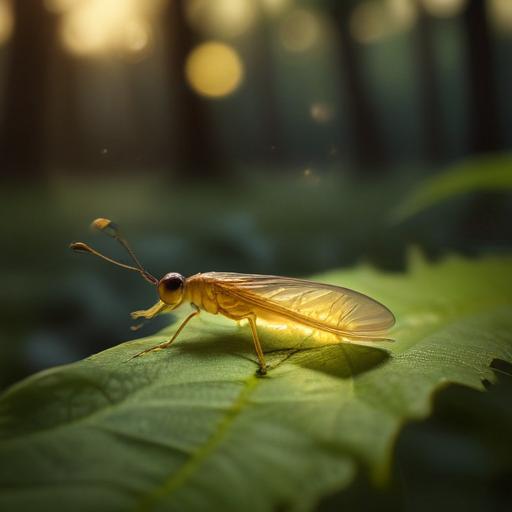As a child, catching fireflies was a cherished summer tradition that brought joy and wonder. However, in recent years, these enchanting insects have become increasingly scarce, prompting questions about their decline. Are fireflies disappearing, or are we simply missing their seasonal emergence?
In Michigan, fireflies typically emerge towards the end of spring and are most active during warm and humid summer months, particularly in July and August. They thrive near bodies of water, especially after rain, with peak visibility occurring just after dusk. This year’s stormy spring may pave the way for another vibrant season, echoing the abundance seen last year, which was marked by favorable weather conditions created by a La Niña winter.
Despite these favorable conditions, the overall trend for fireflies is concerning. These fascinating creatures are facing a decline in numbers due to factors such as light pollution and pesticide usage. Fireflies use their bioluminescent bodies to communicate and attract mates, but increasing artificial light can disrupt this vital process. Additionally, while pesticides are effective against pests, they inadvertently harm firefly populations.
To foster a healthier environment for fireflies, individuals can take steps such as reducing outdoor lighting, allowing grass to grow a bit taller, and planting native vegetation. These actions create a more hospitable habitat for these luminous beetles, potentially reversing the trend of decline and restoring summer nights filled with their mesmerizing glow.
Overall, with some dedicated efforts to protect their habitats, there is hope that we can witness the return of fireflies to our summer evenings, continuing to inspire the next generation with their enchanting light.
